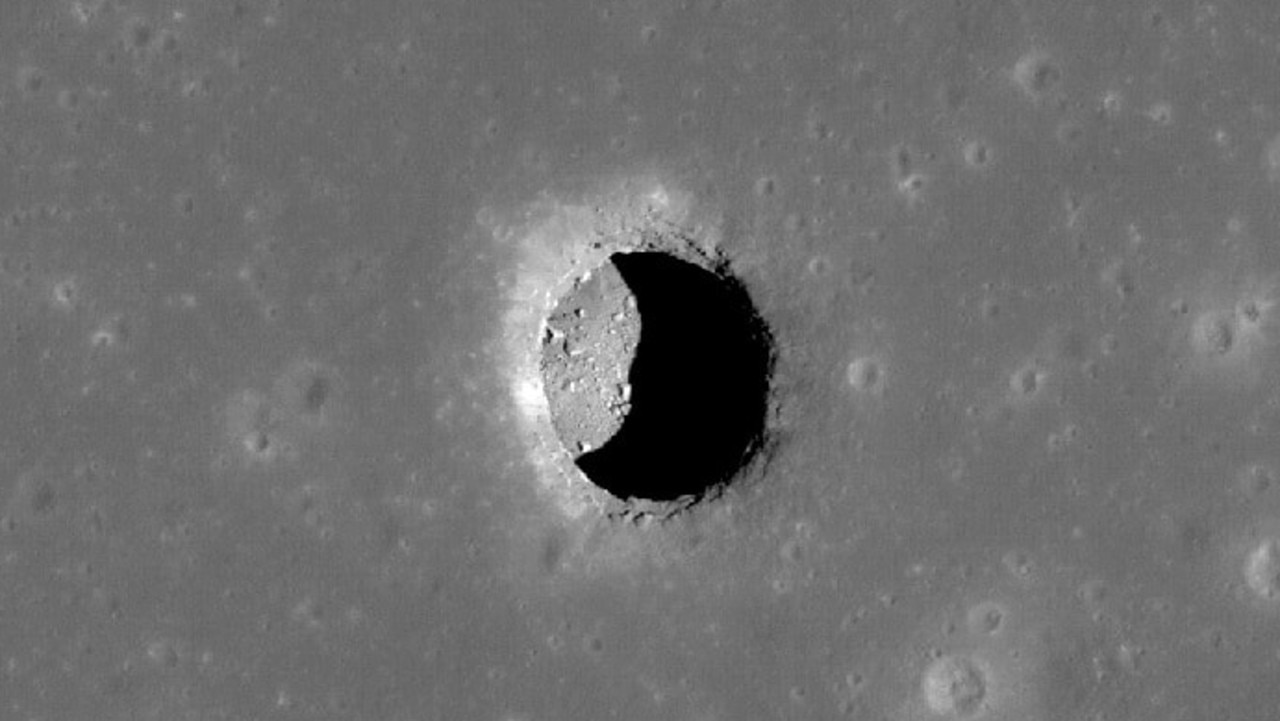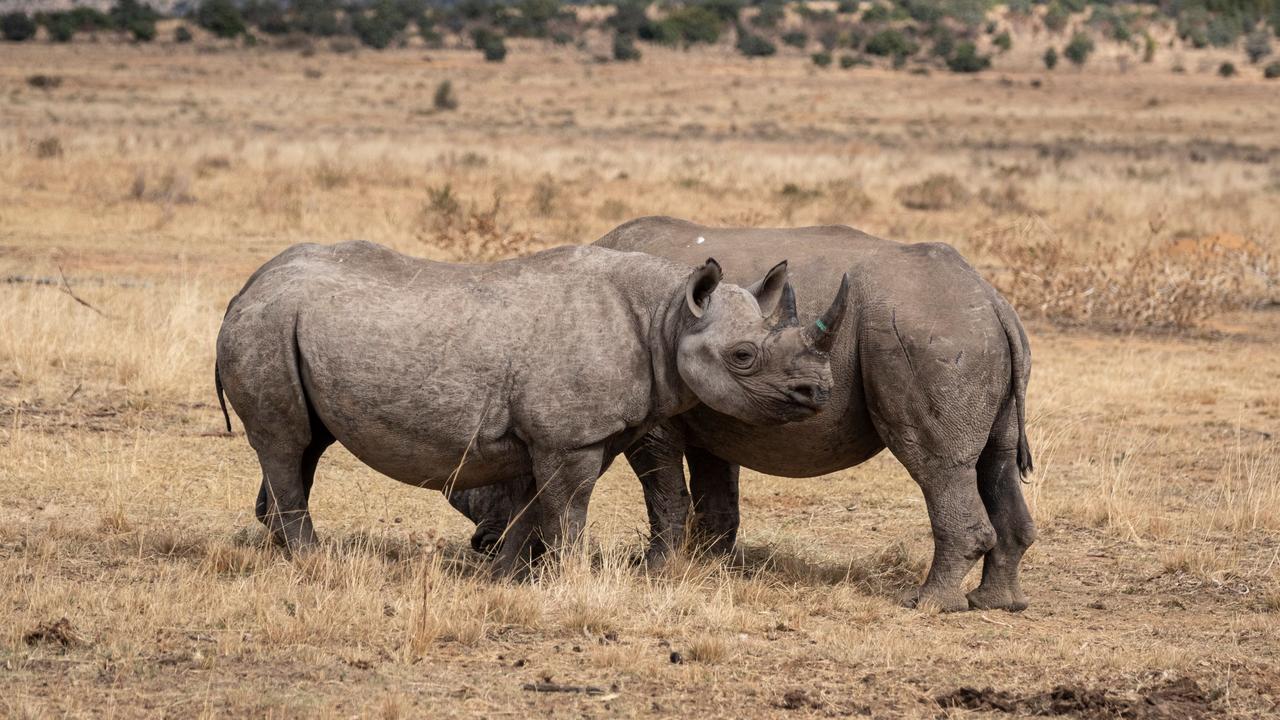Winning photos focus on wonders of science
An image of tiny Tasmanian devil joeys inside their mother’s pouch is a finalist in a photo competition shining a light on the importance of science for National Science Week

READING LEVEL: GREEN
An image of tiny Tasmanian devil joeys inside their mother’s pouch is a finalist in a photo competition shining a light on the importance of science.
Heath Holden made the top 12 finalists for the Beaker Street Science Photography Prize 2020 with his incredible close-up photo.
The previous 2017 judge’s choice award winner said he was privileged* to witness scientists checking on the barely 10cm long animals during a University of Tasmania population research trip.
“It’s pretty cool to get an insight into what the research entails*,” he said.
“The photos work as a tool to make people care more about the natural world.
“Photography helps people connect a little bit more, it just gives them a reality check about what’s going on in their region.”
This year’s Beaker Street Festival has focused the photography prize solely on Tasmanian, Southern Ocean and Antarctic images.
Beaker Street Festival director and founder Dr Margo Adler said six of the finalists were chosen by this year’s judge, Tasmanian landscape and wilderness photographer Cameron Blake, while the other half were selected via a Facebook popular vote.
She said this years’ online engagement had skyrocketed* with 35,000 Facebook votes and 76 total entries.
“When we started the festival the idea was to try to find a whole range of ways to connect with people who maybe normally don’t take an interest in science,” Dr Adler said.
She said stunning science photography with insightful, detailed captions helped the public appreciate and engage with science.
The peoples’ choice award will be decided by visitors to the festival at the Tasmanian Museum and Art Gallery in Hobart, Tasmania, submitting in-person votes.
For more festival information visit beakerstreet.com.au
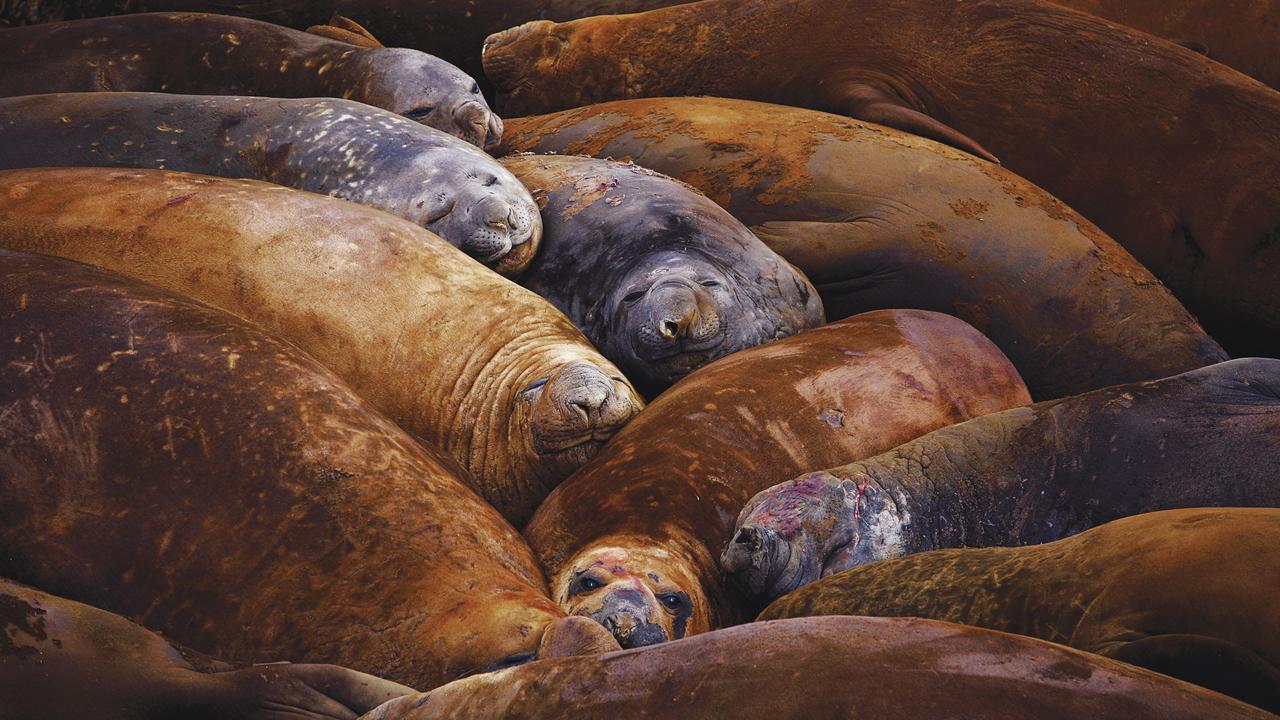

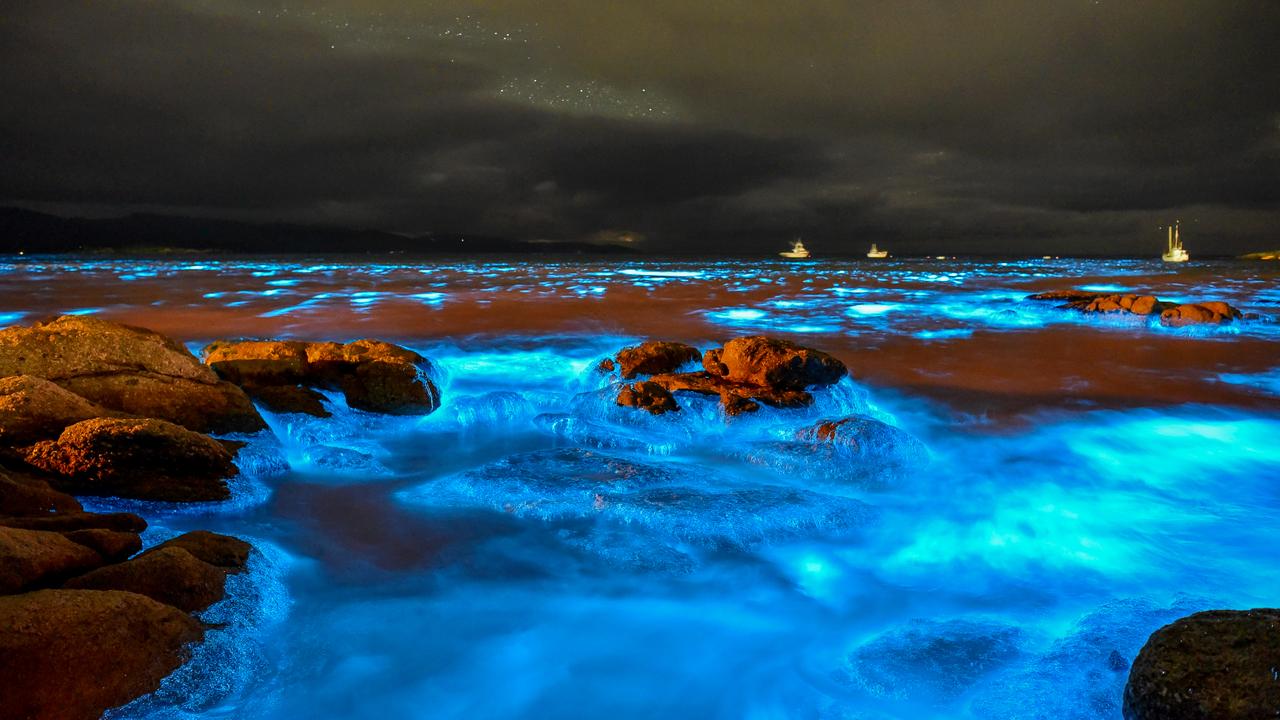
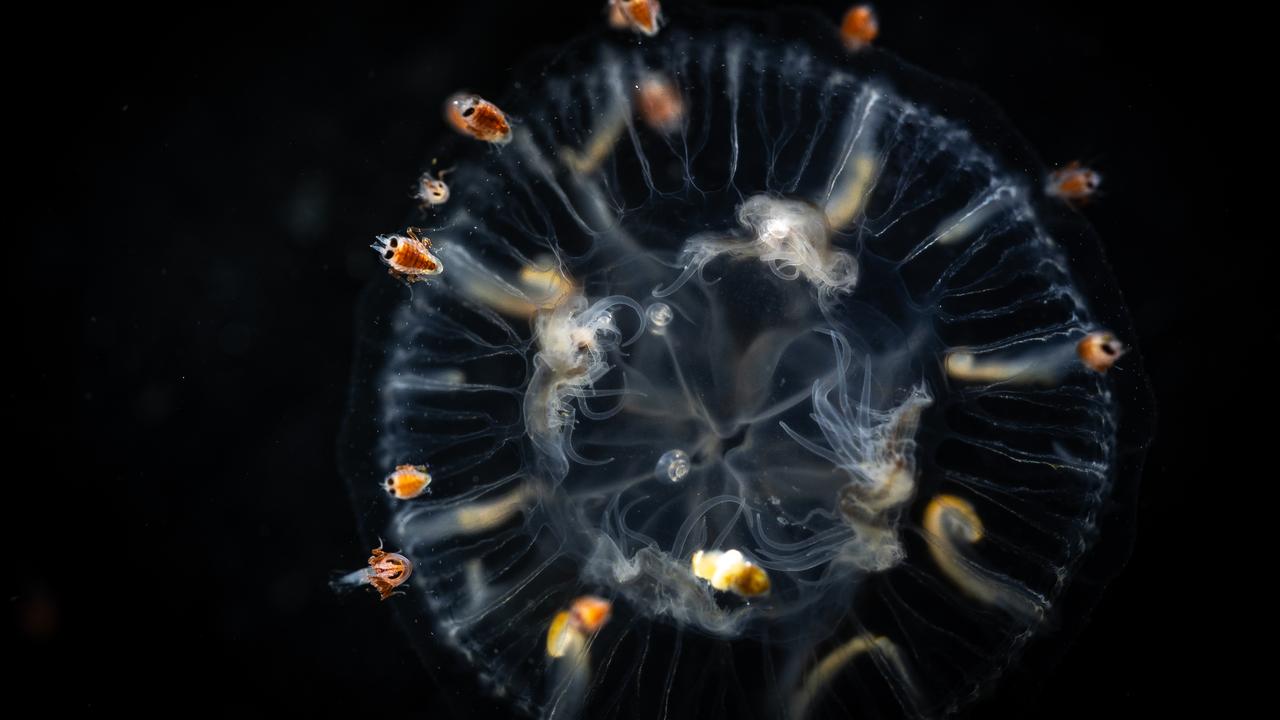
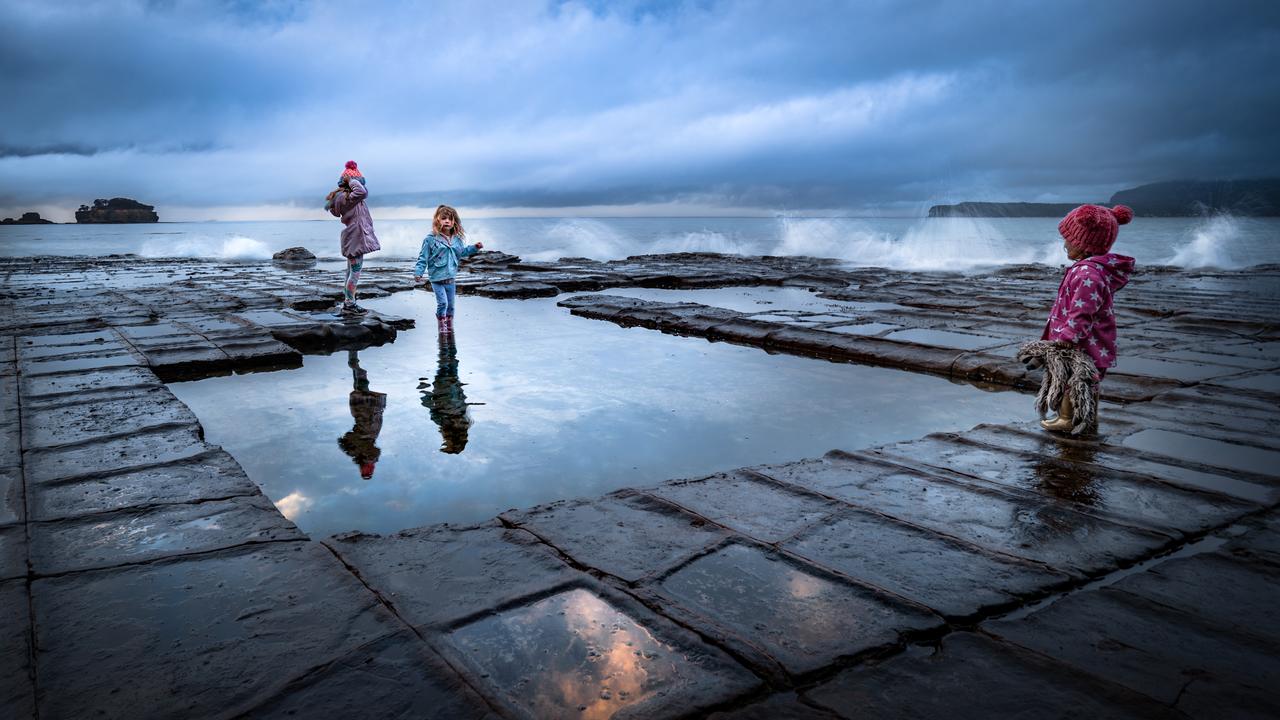
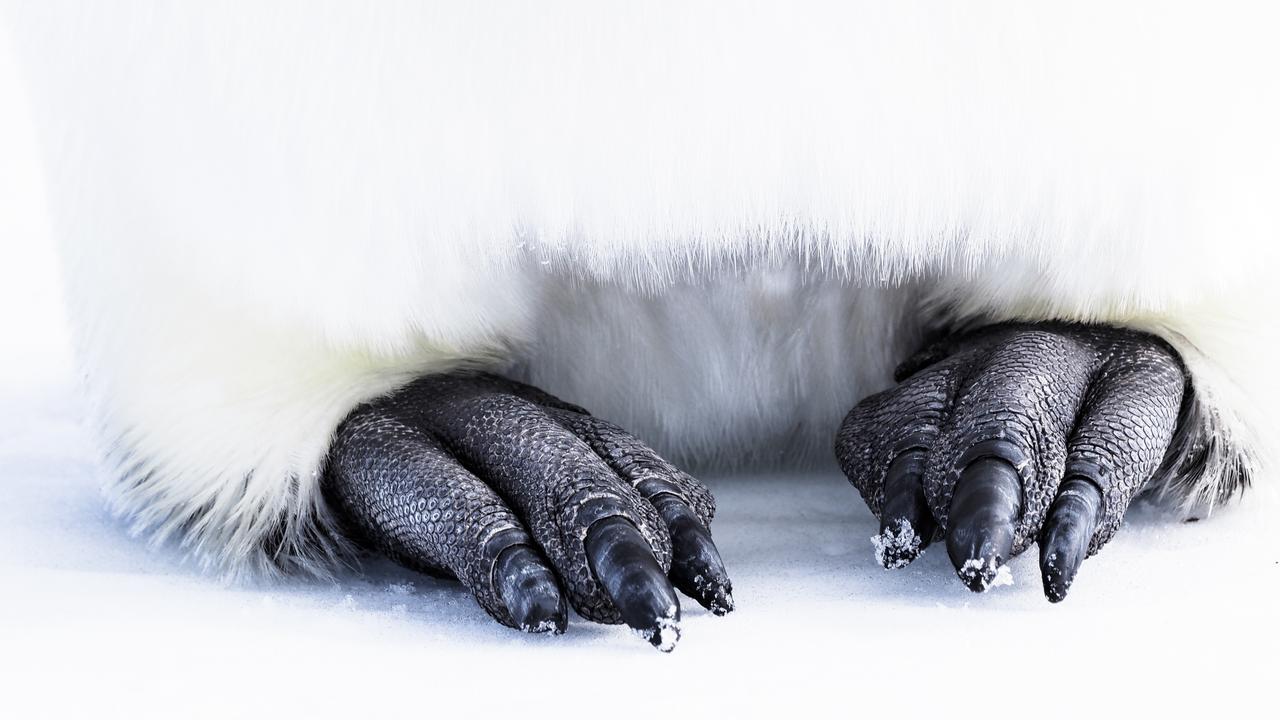
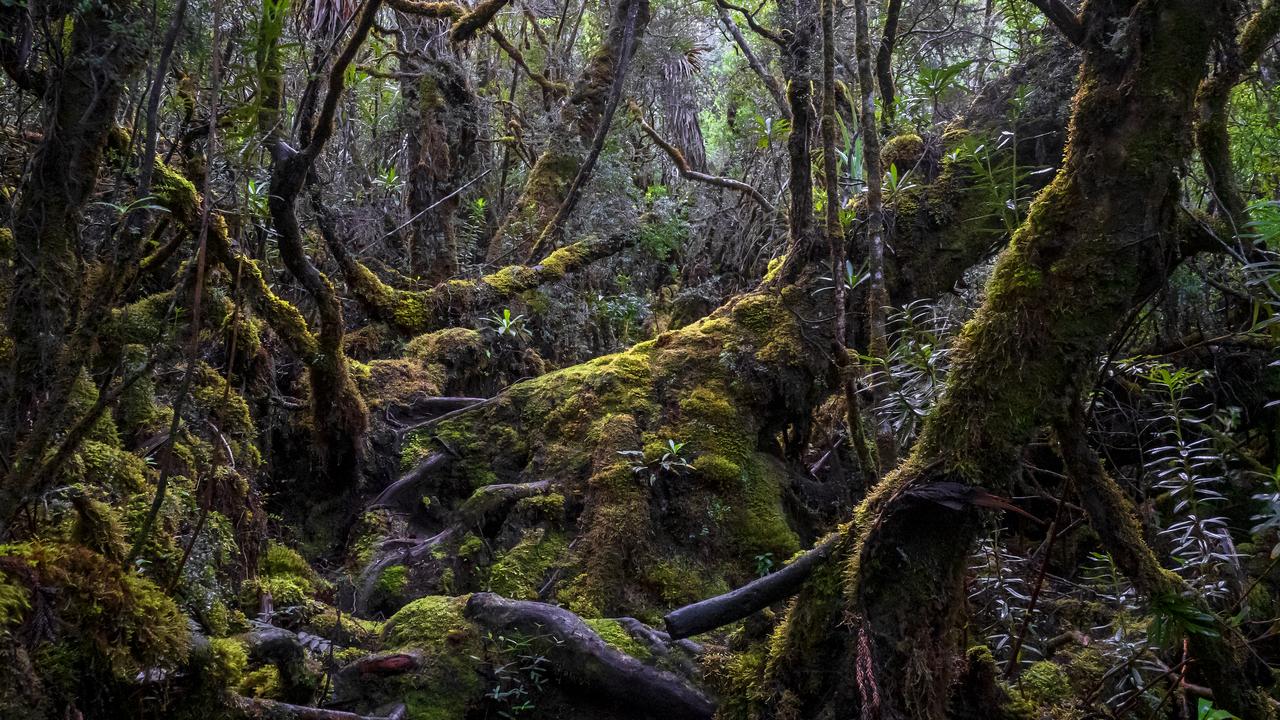
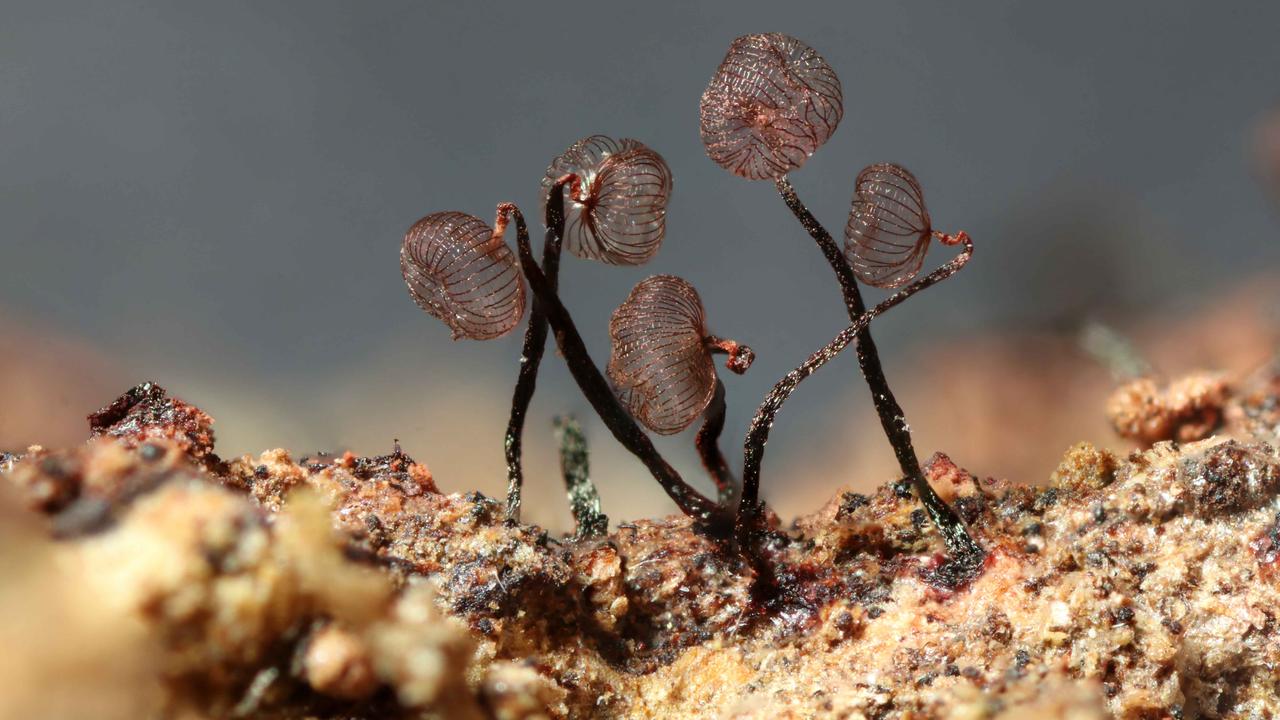
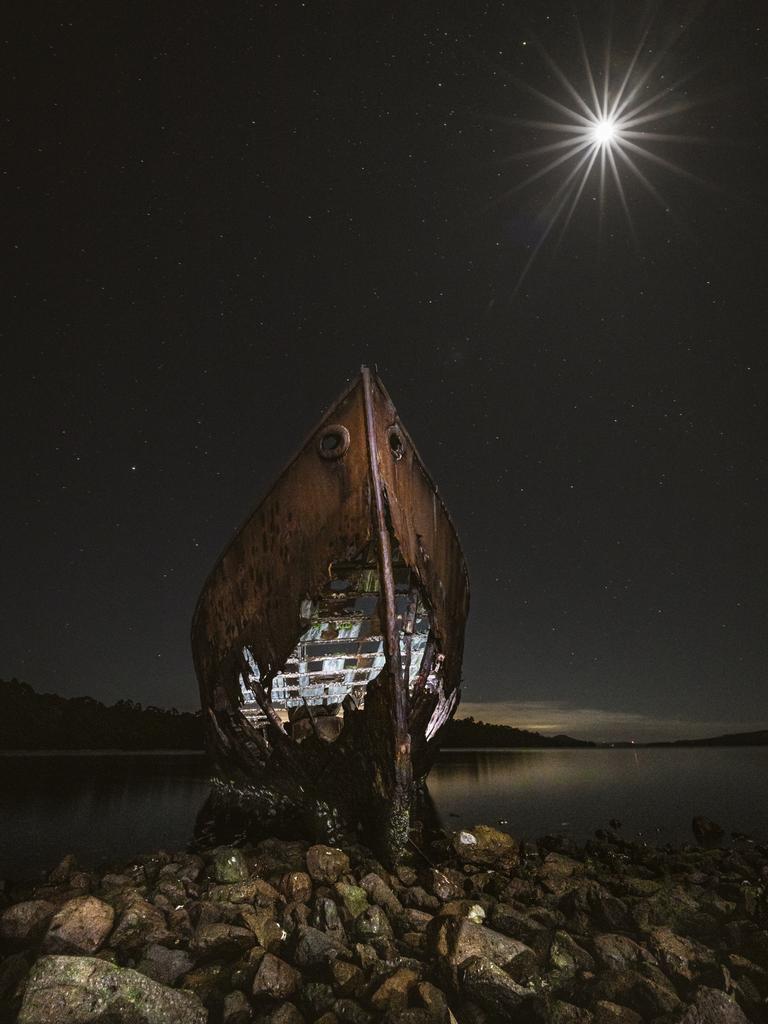


GLOSSARY
- privileged: having special rights and advantages
- entails: involves, includes
- skyrocketed: increased by a lot and quickly
EXTRA READING
Photos capture hidden world of tiny artforms
Underwater photographer of the year
Awesome iPhone photo award winners
Australia’s incredible weather photos
QUICK QUIZ
- How many finalists are there?
- Why was Heath able to take the photo?
- What locations did the competition focus on?
- What does Dr Adler believe stunning science photography and captions achieve?
- How were the finalists chosen?
LISTEN TO THIS STORY
CLASSROOM ACTIVITIES
1. The Art of Photography
Heath Holden, the artist who took the photo of the Tasmanian devil joeys, stated in the article that “photos work as a tool to make people care more about the natural world. Photography helps people connect a little bit more, it just gives them a reality check about what’s going on in their region”.
Work with a partner and think of an issue in your local area. It could be to do with the environment such as rubbish, an endangered species, or something else such as traffic or a new pedestrian crossing you think your town needs. Think of the photo you could take to raise awareness of the issue you identified. How could you help people connect with the issue? If possible see you if you can take some photos to practise, otherwise plan the photo you would like to take and maybe you can take with an adult’s help at or near home.
Time: allow 20 minutes to complete this activity
Curriculum Links: Visual Arts, Critical and creative thinking, Personal and social
2. Extension
Look at the 12 finalist photos for the Beaker Street Festival 2020 and choose the one you would vote for. Why do you find this most appealing and what attracts you to the photo?
Time: allow 10 minutes to complete this activity
Curriculum Links: Visual Arts
VCOP ACTIVITY
Up-Level It
Scan through the article and see if you can locate three words that you consider to be basic, or low level. Words we use all the time and they can be replaced by more sophisticated words, words like good and said are examples of overused words.
Once you have found them, see if you can up-level them. Think of synonyms you could use instead of these basic words, but make sure they still fit into the context of the article.
Re-read the article with your new words.
Did it make it better?
Why/Why not?
HAVE YOUR SAY: Which photo would you vote for?
No one-word answers. Use full sentences to explain your thinking. No comments will be published until approved by editors.
